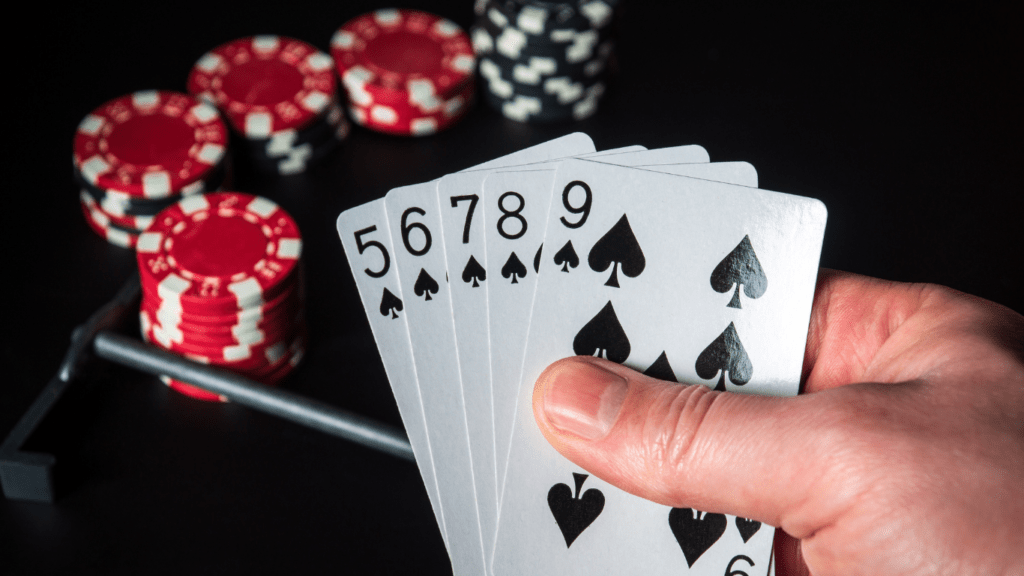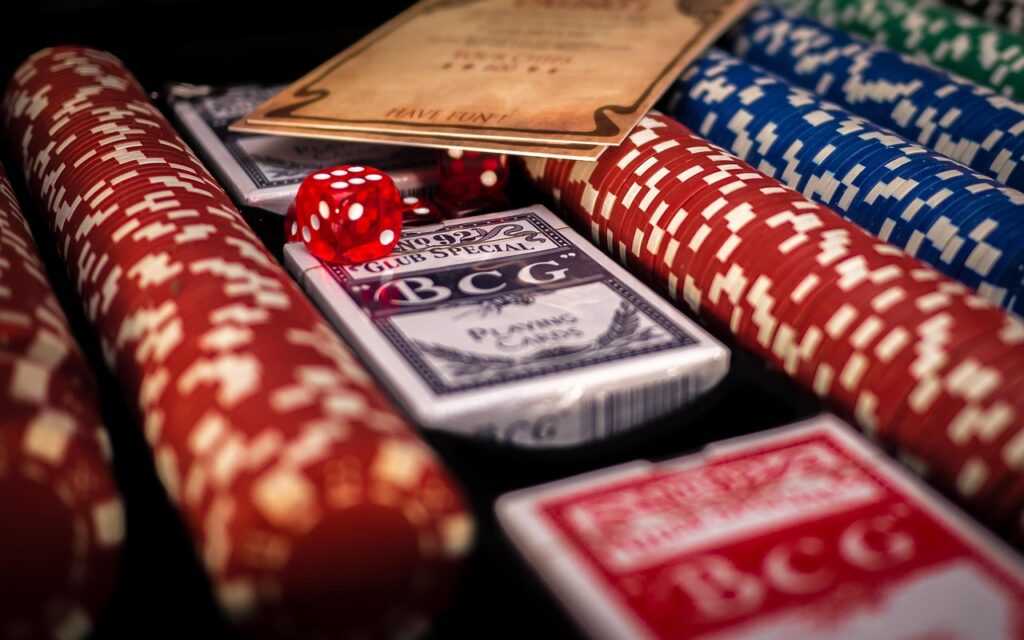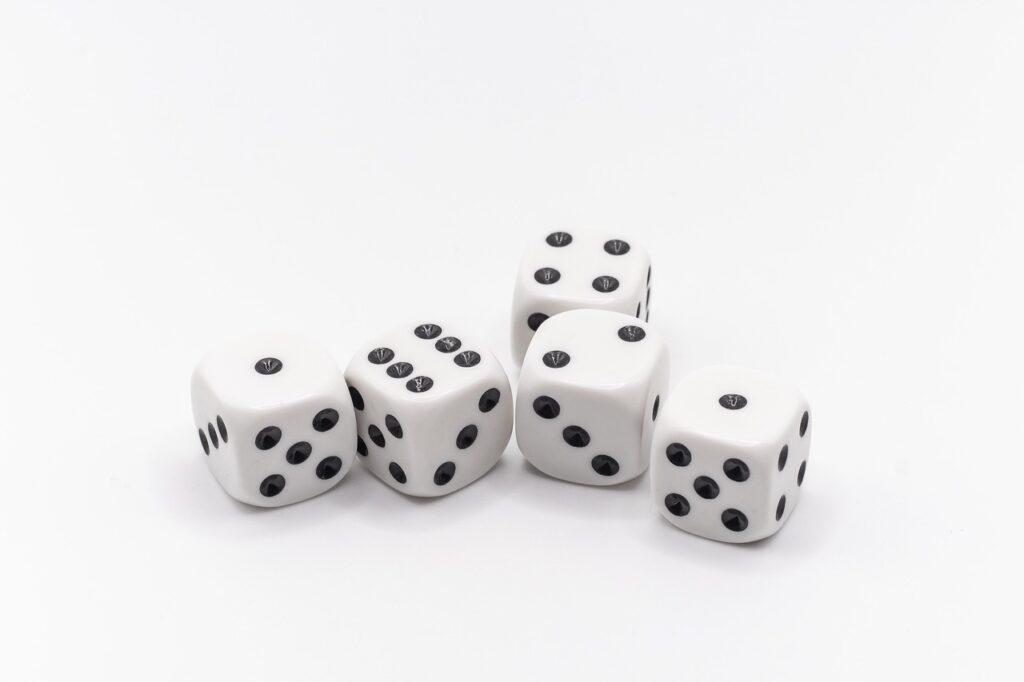Understanding Bluffing in Poker
Bluffing stands as a core facet of poker strategy. It’s a tactic that involves betting or raising with a weaker hand to convince opponents you hold a stronger one.
What Is Bluffing?
Bluffing means misleading your opponents into believing you possess a formidable hand when, in reality, you do not. The primary purpose of a bluff is to force opponents into folding superior hands, granting you the pot. Various forms of bluffing exist, such as:
- Pure Bluff: Betting with a weak hand that has little to no chance of improving.
- Semi-Bluff: Betting with a hand that might improve in later rounds.
History of Bluffing in Poker

Bluffing traces its roots back to the early days of poker in the 19th century. Poker evolved from various card games played in the United States, and bluffing soon emerged as a key strategy. Historical texts and literature dating back to the 1800s mention the art of bluffing, highlighting its strategic importance. Over the decades, bluffing has become synonymous with poker, evolving from simple deception to a nuanced psychological game that challenges one’s ability to read opponents and project confidence.
Types of Bluffs
Mastering bluffing requires understanding its different forms. Here, I’ll detail two primary types: pure bluffs and semi-bluffs.
Pure Bluffs
Pure bluffs involve betting or raising with a weak or unhelpful hand. The sole purpose is to make opponents fold stronger hands. This technique relies on persuading your adversaries that your hand is stellar when it’s not. For instance, betting aggressively with a low pair or no pair at all. Timing is critical in pure bluffs; using this strategy when opponents are likely to perceive your strength as genuine improves its success rate.
Semi-Bluffs
Semi-bluffs feature betting or raising with a weak hand that still has the potential to improve. Unlike pure bluffs, semi-bluffs involve hands that could become strong if the right cards appear later. For example, betting with a straight or flush draw. This type of bluff creates a dual threat: opponents might fold to avoid a potentially strong hand, or you could genuinely improve your hand on the turn or river. It’s a strategic play that combines deception with calculated risk.
Key Techniques for Bluffing
Mastering bluffing involves more than just a poker face. It requires reading your opponents, managing your table image, and using body language strategically.
Reading Your Opponents
Reading opponents is crucial for successful bluffing. Observe their betting patterns, physical reactions, and playing styles. Recognize habits like frequent checking when weak or betting aggressively when strong. Look for tells, such as hesitation before a bet indicating uncertainty. Adapt your bluffing strategy to exploit these weaknesses.
Managing Your Table Image
Managing table image affects how opponents perceive your bets. Cultivate a specific image, such as a tight player or a loose player, and stick to it. If players see you as tight, they respect your raises more, making bluffs more believable. Conversely, appearing loose makes your bluffs harder to detect but requires a different approach.
Timing Your Bluffs
Playing bluffs at the right time is essential. Bluff more effectively in situations where opponents’ folding equity is high, such as when they have medium-strength hands. Avoid bluffing at predictable intervals to prevent patterns. Use bluffs selectively during critical moments, like on the river, when opponents have already invested heavily in the pot.
Using Body Language and Psychology
- Body language and psychology play significant roles in bluffing.
- Maintain a consistent demeanor to avoid giving away tells.
- Utilize reverse tells, like pretending nervousness, to deceive astute players.
- Psychological tactics, such as chatting to distract or confuse opponents, can enhance your bluffing effectiveness.
- Focus on remaining unreadable while exploiting others’ emotional states.
By integrating these techniques, bluffing in poker becomes a calculated art, raising your gameplay to professional levels.
Common Mistakes to Avoid
In mastering the art of bluffing in poker, players often make several common mistakes that undermine their strategies. Understanding these pitfalls helps refine bluffing techniques and improve overall gameplay.
Bluffing Too Often
Bluffing too frequently is a critical mistake. When players bluff in nearly every hand, opponents can quickly catch on. They’ll start calling bets because the bluffs become predictable. For instance, if I bluff in three consecutive hands, an attentive opponent notices the pattern. Effective bluffing involves selectively choosing moments to maintain unpredictability, ensuring that genuine strong hands and bluffs are mixed.
Bluffing Against the Wrong Players
Bluffing against inexperienced or overly aggressive players usually backfires. Novice players often call bets due to curiosity, while aggressive players may see a bluff as a challenge. For example, if I attempt a bluff against a novice who calls every hand, my efforts are wasted. Successful bluffs target logical, observant players who can be persuaded to fold. Understanding opponents’ playing styles aids in selecting the right moments for a bluff, enhancing success rates.
Advanced Bluffing Strategies
Mastering advanced bluffing strategies can elevate anyone’s poker game. These techniques require precision and a deep understanding of the game’s dynamics.
The Double Bluff
A double bluff involves pretending to bluff with a strong hand while the opponents believe it’s a weak one. Use this strategy when facing perceptive opponents. By initially acting weak, you may induce them to bet aggressively, at which point you reveal your strong hand. For instance, if you’re holding a top pair, act hesitant during the initial rounds to lure opponents into a false sense of security.
The Check-Raise Bluff
The check-raise bluff is a powerful move that combines checking and then raising in the same betting round. Begin by checking your hand to make opponents think you’re weak. When they place a bet, respond with a substantial raise. This tactic often forces opponents to reconsider their hand’s strength, folding if they’re not very strong. Use this sparingly to maintain its effectiveness and avoid detection.
Multi-Street Bluffing
Multi-street bluffing extends the bluff across several betting rounds (streets). Start by betting low on the flop, then increase your bets on the turn and river. This strategy signals consistent strength, compelling opponents to fold weaker hands. Be cautious with this technique, as it requires a significant chip investment and an understanding of the opponents’ tendencies to be successful. Use this against players likely to fold under sustained pressure.
Employ these advanced strategies to leverage observed weaknesses in opponents. Precision and timing are essential to executing these bluffs effectively.



 Earlee Nelsonallers – Founder
Earlee Nelsonallers is the visionary founder of Smart Gamble Land, bringing over two decades of experience in the gambling industry. Passionate about strategy and innovation, Earlee has made it his mission to provide gamblers with advanced insights into winning techniques, effective betting systems, and casino game mastery. His deep understanding of gambling psychology has been the driving force behind the platform's success, making Smart Gamble Land a go-to resource for players seeking an edge. Earlee's dedication to educating and empowering gamblers sets the foundation for the platform's authoritative content.
Earlee Nelsonallers – Founder
Earlee Nelsonallers is the visionary founder of Smart Gamble Land, bringing over two decades of experience in the gambling industry. Passionate about strategy and innovation, Earlee has made it his mission to provide gamblers with advanced insights into winning techniques, effective betting systems, and casino game mastery. His deep understanding of gambling psychology has been the driving force behind the platform's success, making Smart Gamble Land a go-to resource for players seeking an edge. Earlee's dedication to educating and empowering gamblers sets the foundation for the platform's authoritative content.
